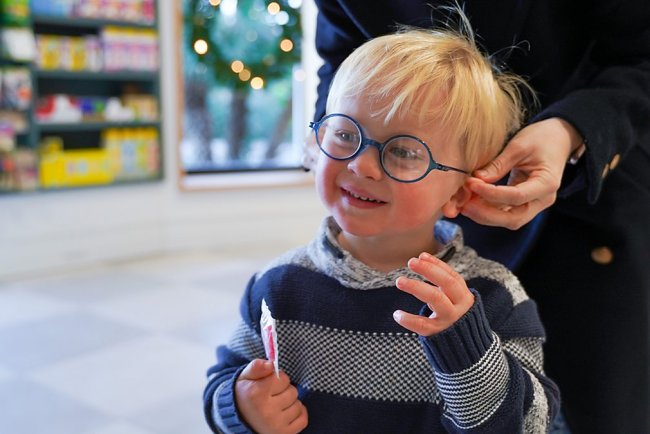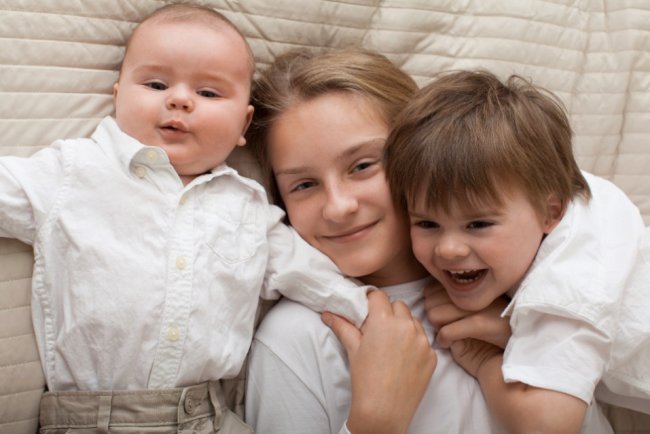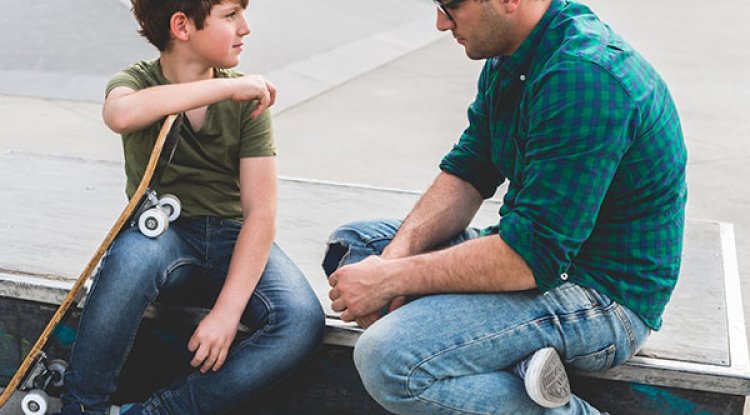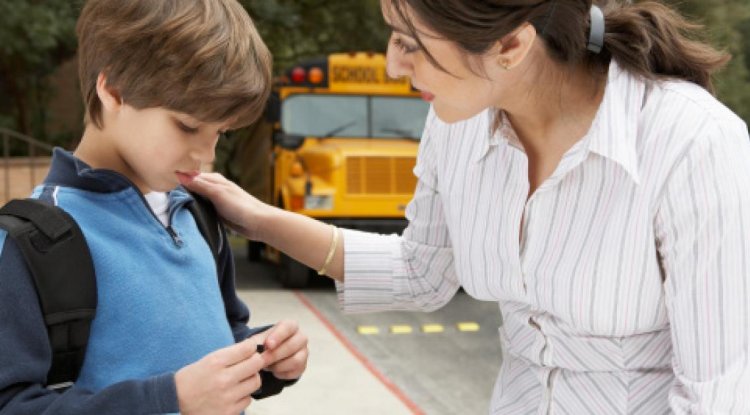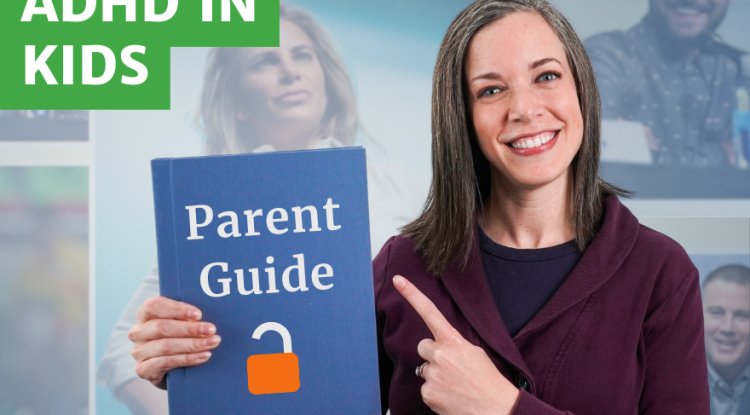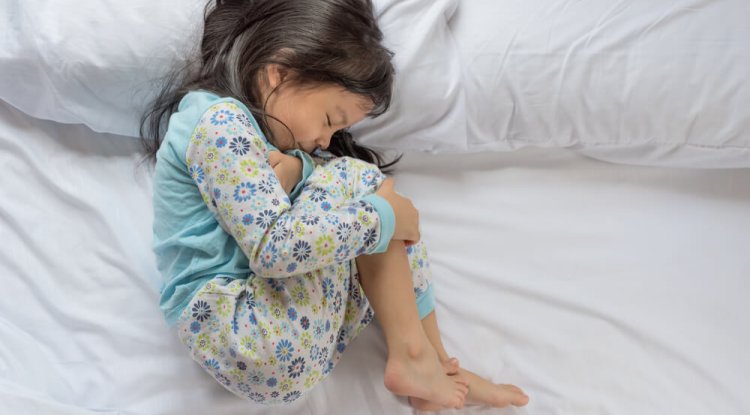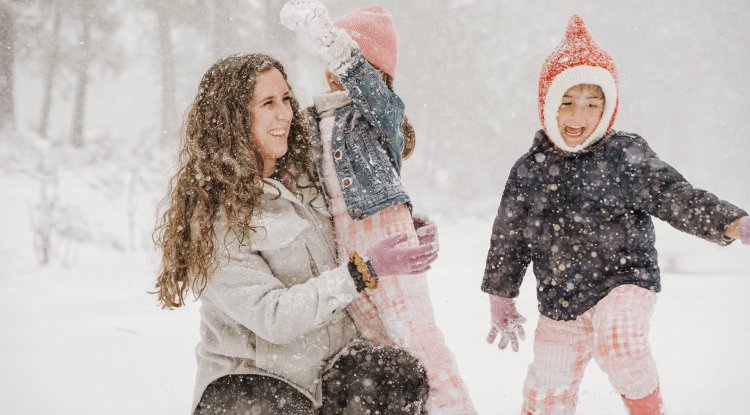How to Prevent Poisonings in Children And What to Do If the Unthinkable Happens
Every parent’s worst nightmare can unfold in seconds: a child finding a bottle, a pod, or a pill and mistaking it for candy. In the United States alone, more than 300 children under 20 end up in emergency rooms every single day because of poisoning and tragically, two lives are lost daily to something that could have been prevented.
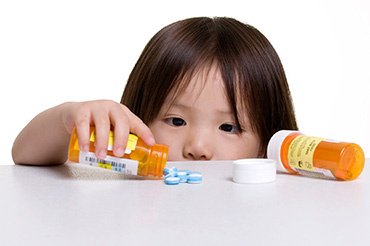
The good news? Most poisonings are preventable, and when they do happen, quick, informed action can make all the difference. Here’s how to safeguard your home, and what to do if danger slips through.
Poisoning Prevention: Making Your Home Safer
Protecting kids from poisoning isn’t about living in fear it’s about setting up small, intentional safeguards that become second nature. According to the CDC and the American Academy of Pediatrics, here’s how you can build a safer environment:
Keep toxins out of reach and sight. Medicines, cleaning sprays, varnishes, pesticides, laundry pods all of it should live behind closed doors or, ideally, in locked cabinets.
Original packaging is your friend. Never transfer products to unlabeled bottles.
Skip the pods if you have littles. Those brightly colored laundry or dishwasher pods might look like candy to a toddler. Stick with traditional liquids and powders until kids are older.
Don’t trust safety caps alone. They’re designed to slow children down, not stop them completely. Always combine caps with safe storage.
Measure medications precisely. Use a dosing syringe or pharmacist-provided spoon, never a kitchen spoon. Even small errors can have big consequences.
Declutter your toxic shelf. Get rid of old, expired, or unused medications and cleaning products. Fewer temptations mean fewer risks.
Mind your e-cigarette refills. Nicotine is extremely toxic. Only buy child-safe packaging and keep them hidden away.
Maintain appliances that burn fuel. Gas, kerosene, wood, or coal stoves should be in tip-top shape to prevent carbon monoxide poisoning.
Install detectors. Smoke and carbon monoxide alarms aren’t optional; they're lifesavers. Test them regularly.
Watch out for button batteries. Found in remotes, toys, and greeting cards, these tiny disks are deceptively dangerous if swallowed. Avoid toys or books that use them.
Know your plants. Some common houseplants and yard greenery are toxic. If you can’t guarantee a curious toddler will stay away, it might be time to say goodbye.
What to Do If a Child Is Poisoned
Even with the best prevention, accidents happen. What matters most is how quickly and calmly you respond.
If your child is unconscious, struggling to breathe, or in distress: call 911 immediately. Seconds matter.
If a poison was swallowed:
Remove anything left in their mouth.
Do not induce vomiting or give ipecac.
If symptoms appear, call 911 or head to the ER.
If there are no symptoms, call Poison Control at 1-800-222-1222. Have the product container handy.
If poison gets on skin:
Remove contaminated clothing.
Rinse the area with running water for at least 15 minutes.
Call Poison Control during the rinse for next steps.
If poison gets in the eyes:
Hold the eyelid open and rinse with room-temperature water for 15 minutes, aiming at the inner corner.
Don’t stop flushing while calling Poison Control or 911 if the exposure is severe.
If a button battery is swallowed (or lodged in the nose/ear):
Go immediately to the ER. Batteries can burn through tissue in hours.
If poison is inhaled:
Get the child to fresh air right away.
Call 911 if there’s any breathing difficulty or loss of consciousness.
Pro tip: Save 1-800-222-1222 (Poison Control) in your phone and post it on your fridge. It’s a free, nationwide resource staffed by experts who can guide you through the situation in real time.
A Final Word for Parents
Children explore the world with their hands and mouths—that curiosity is how they learn. But it also means we, as caregivers, have to stay one step ahead. Poisonings are frightening, but they’re also largely preventable with a mix of vigilance, safe storage, and knowing what to do in an emergency.
And remember: you never have to guess alone. If you’re even slightly unsure, call Poison Control. Better a false alarm than a tragedy.
What's Your Reaction?








